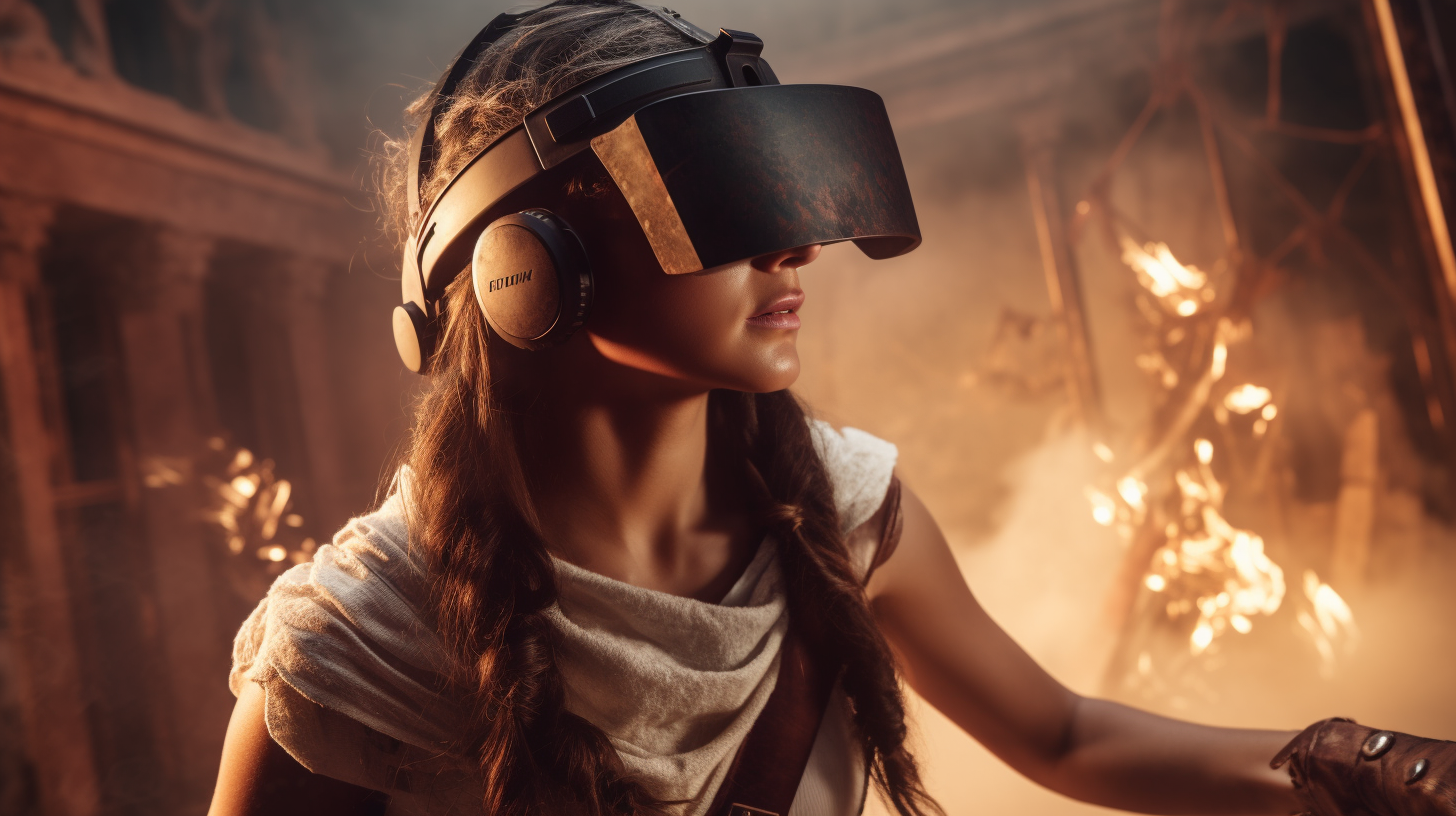Reliving the Past: Enhancing Historical Education with VR-Based Reenactments
Virtual Reality (VR) technology has revolutionized the way we experience history. Through VR-based historical reenactments, we can immerse ourselves in different time periods, witness historical events, and gain a deeper understanding of the past. In this article, we will explore the benefits of using VR-based historical reenactments for education and the top VR platforms available for historical reenactments.
What are VR-Based Historical Reenactments?
VR-based historical reenactments use VR technology to recreate historical events and time periods in a virtual environment. These simulations provide a unique and immersive way to learn about history, offering a level of interactivity and engagement that traditional methods cannot match.
Benefits of VR-Based Historical Reenactments
VR-based historical reenactments offer a number of benefits for historical education, including:
Immersive and engaging learning experiences
Realistic and accurate depictions of historical events
Access to historical locations and artifacts that may no longer exist
Opportunity to witness historical events and time periods first-hand
Ability to tailor learning experiences to specific historical periods or events.
Top VR Platforms for Historical Reenactments
There are many VR platforms available for historical reenactments, but some stand out above the rest. Here are the top VR platforms for historical reenactments:
TimeLooper
TimeLooper offers a range of VR-based historical reenactments, allowing users to witness and interact with historical events in a virtual environment. The platform offers experiences at historical sites, such as the Colosseum in Rome and the Berlin Wall.
Virtual History Experiences
Virtual History Experiences provides VR-based historical reenactments that cover a range of time periods and events. The platform offers experiences like visiting the Titanic or traveling through ancient Rome.
The VR Museum of Fine Art
The VR Museum of Fine Art offers a unique VR-based historical reenactment experience that allows users to explore and interact with famous works of art and cultural artifacts in a virtual environment.
Mursion
Mursion is a VR platform that offers historical reenactments as part of its training and educational programs. The platform allows users to practice communication and decision-making skills in historical scenarios, such as the Civil Rights Movement or the Salem Witch Trials.
Future of VR-Based Historical Reenactments
The future of VR-based historical reenactments looks promising. As VR technology continues to evolve, we can expect to see even more advanced and realistic simulations that provide users with an even more immersive and engaging historical education experience. We can also expect to see more VR-based historical reenactment platforms that are specifically designed for certain historical periods or events.
Tips for Incorporating VR-Based Historical Reenactments into Education
Here are some tips for incorporating VR-based historical reenactments into education:
Identify the specific historical periods or events you want to focus on.
Choose a VR platform that offers VR-based historical reenactments that meet your educational needs.
Use VR-based historical reenactments to supplement traditional historical education methods, not replace them.
Provide context and background information to help students understand the significance of the historical events or time periods they are experiencing.
Encourage students to reflect on their experiences and make connections between past and present events.
VR-based historical reenactments offer a unique and immersive way to learn about


